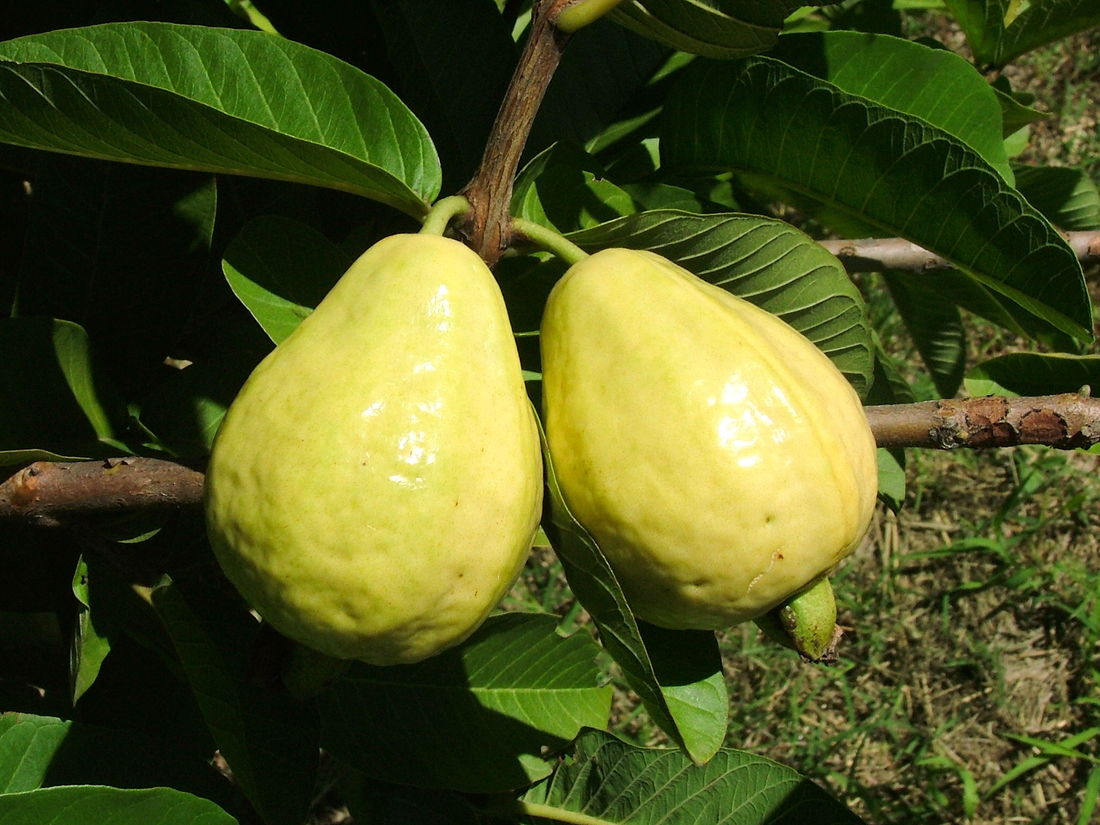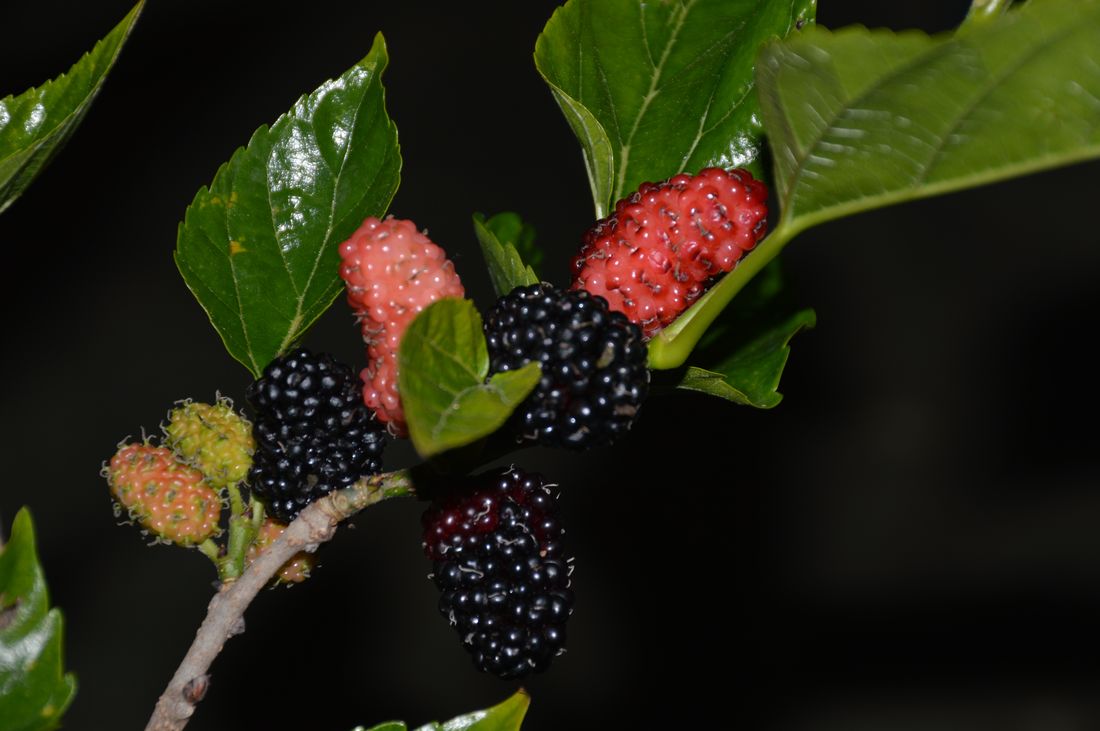Wind breaks | Most fruit trees are vulnerable to strong winds. If possible, consideration should be given to planting a windbreak at least 12 months prior to putting in the orchard. Fruit trees such as ice-cream beans, seedling avocados, macadamias and jackfruit as well as some of our fruit bearing natives all provide fast growing, productive, well-formed windbreaks. Another fast growing alternative is clumping bamboo. These plants produce a very fibrous root system which can serve a dual purpose of stabilising soil structure on steep sloping sites as well as providing a good source of mulch once established. |
Soil Type | We are very fortunate here in the sub-tropical region of SE Queensland as we can successfully grow such a wide variety of fruit trees however, the long term success of your fruit trees can be greatly influenced by your soil type, depth and structure. The survival success of some fruit trees such as paw paws, citrus and avocados can be determined largely by the soil type/depth that they are grown in, whilst the flowering and fruiting habits of other fruit trees can be strongly influenced by soil structure/water holding ability. Fortunately for the home gardener, there are numerous fruit trees that are quite tolerant of their growing conditions and will perform well in a wide variety of soil types without the need to greatly alter the existing soil type / structure that exists on your property Good soil drainage is of the upmost importance when choosing where and how to plant a fruit tree. The biggest enemy of the home gardener to achieving success in growing the many so called “hard to grow” fruit trees varieties, such as the Avocado and Citrus, is water logging. Excellent drainage is essential, especially in high rainfall areas. A good rule of thumb to determine if your chosen position will provide adequate drainage for your fruit tree is to fill your newly dug hole with water and observe how long it takes to drain away. If the water takes longer than one hour to soak away into already moist soil, your plant will probably drown during the next wet weather event. This poor drainage condition is typical of heavy clay based soils and if this is the case for you, it is strongly recommended that you build up a mound of soil approximately 1.8 – 2.5 m across and at least 300-400 mm higher than the natural ground level and then plant on top of this mound. When constructing a mound to plant onto, care should be taken insure that all the materials used to construct the mound (garden soil, composts, etc. ) are thoroughly combined together and with the base soil. This insures a more gradual change of soil structure and type as your new tree’s root system starts to grow. An alternative to building a mound is to plant into a raised garden bed of a similar size. Once again, you need to thoroughly combine all the soil/composts together so as to create a well - drained soil mix that will be required by your tree. |


